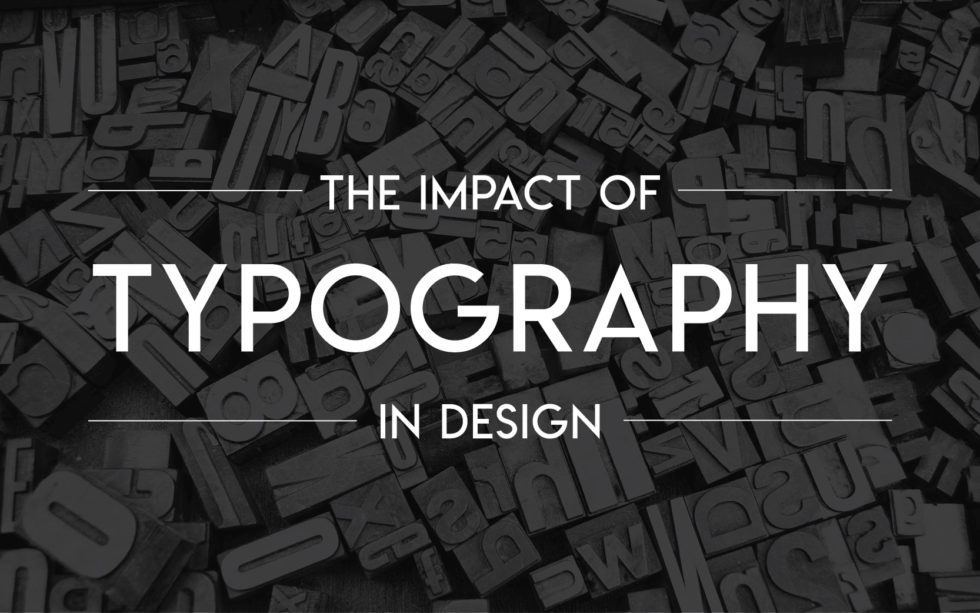Written by Alison Fischer, one of our talented Graphic Designers, who has even designed her own award-winning font!
Typography is everywhere.
First and foremost, type is a form of communication. It informs and influences the way we think and act. The difference between good and bad typographic usage is if it looks professional or if it looks like it was thrown together in MS Word. Sure, MS Word might be quick and easy, but it does not have the same capabilities as a designer with their program would have, such as adjusting leading and kerning to create a compelling style distinction between headline and body copy. After all, effective type use doesn’t happen on accident. Intentional and strategic execution is necessary to make a project stand out.
Typeface vs. Font
The terms “typeface” and “font” are often confused for the other or assumed they mean the same thing. By definition, a typeface is a complete set of characters. A font is an individual style of a typeface which can vary in weight, style and size, with different levels of condensation as well as italic versions. There is typically a collection of fonts for each typeface.
Effective & Readable
Let’s face it: when you’re met with a long paragraph, you’re likely not going to want to read it—at least not the whole thing! Long body copy, especially on the web, can cause eye fatigue. This is why it is important for the typography to be easy to read, which can be achieved by using a reasonable size and a clean font, like a sans-serif.
Fun & Function
When choosing a typeface, it may be tempting to pick something flashy and noticeable. Or maybe the choice isn’t thought out at all. Truth is, the font choice matters depending on the medium. For example, a traditional serif font for web use is hard to read for anyone. Choosing a complicated script font for a call-to-action can be pretty, but overlooked. Sans serif is clean, but some are a better choice and therefore more pleasing to the eye than others.
Controlled & Consistent
Just like other design elements, keeping typography consistent is key when maintaining a recognizable brand. Limiting fonts to two or three that work well together as headers, subheads, and body copy is a factor that ensures a common look and feel across all brand materials.
Unique & Recognizable
It’s easy to choose Helvetica or Gill Sans for a creative project. But why not find a typeface that is just as unique as the brand? This way, the audience will be able to recognize the unique typeface or font against the thousands that are out there. New is eye-catching and interesting. Avoid standard fonts and instead use a different font that is intriguing but still clean—the typography should not distract from its message. Simple but captivating is key to keep the audience engaged.
Once you start taking a closer look at type, you’ll notice its use everywhere and the strategic execution behind it to make an effective visual. (You might even start recognizing fonts by name! Oh wait, maybe that’s just me?) A picture may be worth a thousand words, but don’t forget about the beauty of the words themselves. Thanks, typography! You matter. ?


